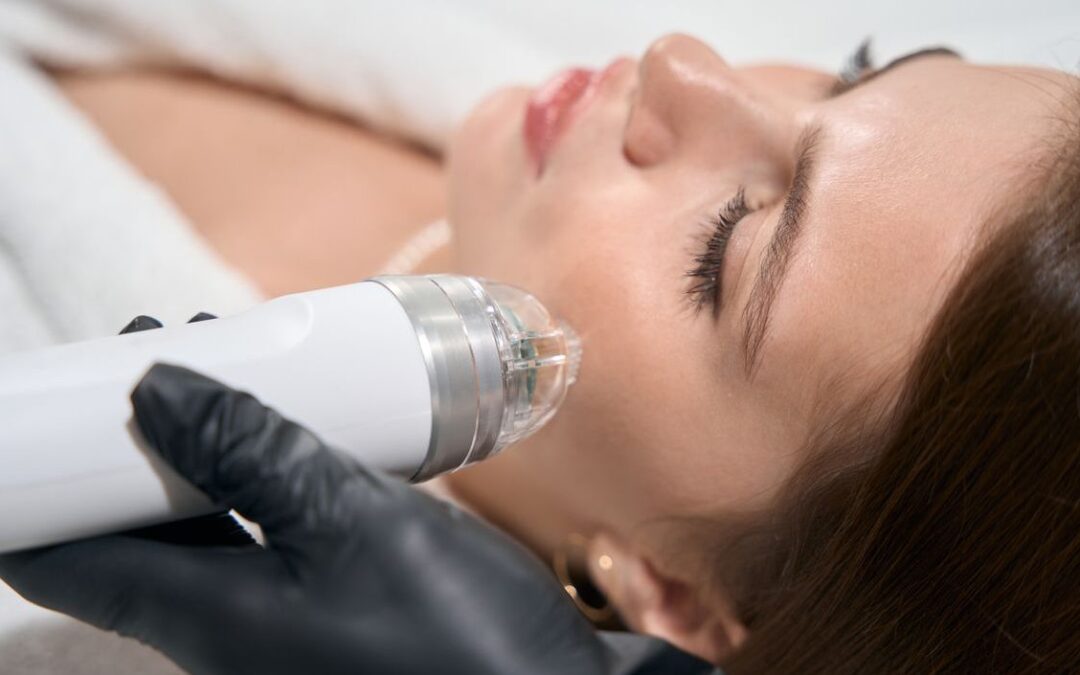The U.S. Food and Drug Administration (FDA) recently released a safety communication highlighting serious risks associated with the use of radiofrequency (RF) microneedling devices. These systems, commonly marketed for skin tightening and rejuvenation, are now linked to complications such as burns, scarring, fat loss, disfigurement, and nerve damage.
What the FDA Said
According to the FDA, RF microneedling devices use small needles to penetrate the skin and deliver radiofrequency energy beneath the surface. The intended effect is controlled injury that stimulates collagen production. However, recent reports describe patients suffering significant and sometimes permanent harm.
The agency emphasized that RF microneedling is a medical procedure, not a cosmetic treatment, and these devices should not be used at home. Not all uses or treatment areas have been reviewed or cleared by the FDA, and risks increase when devices are used outside approved indications or by untrained personnel.
Why This Matters
For practices offering RF microneedling, this warning raises important legal and compliance issues.
- Liability exposure increases if patients experience adverse outcomes such as scarring or disfigurement.
- Informed consent must be updated to include the specific risks identified by the FDA.
- Training and supervision of operators are critical; improper settings or techniques can lead to injury.
- Marketing materials should be reviewed to ensure claims are accurate and compliant. The FDA’s communication makes clear that promoting these treatments as “safe” or “risk-free” could be misleading.
Risk Management Steps
To reduce potential liability and regulatory scrutiny, practices should take the following actions:
- Review device use and protocols. Confirm that all RF microneedling devices are FDA-cleared for their specific indication and that treatment parameters align with the manufacturer’s instructions.
- Update patient documentation. Revise consent forms to disclose the FDA’s identified risks, and document patient screening and follow-up carefully.
- Reassess marketing language. Ensure all online and in-office materials accurately describe the treatment, avoid unsubstantiated claims, and identify it as a medical procedure.
- Report complications. Providers are required to report serious adverse events to the FDA through the MedWatch system.
- Only appropriate providers should be performing procedures.
The Bottom Line
The FDA’s message is straightforward: RF microneedling carries real medical risks, and the agency is tracking injuries closely. Providers who continue to offer these treatments should do so with heightened caution, full compliance, and clear patient communication.
A proactive legal and compliance review, covering protocols, documentation, and marketing, can help minimize exposure if complications arise or if regulators take a closer look at this category of aesthetic treatment.


